Catching Ghost Particles in 4D: How Quantum Sensors Are Transforming Collider Science
In the evolving world of particle physics, scientists are unlocking secrets of the universe by tracking the most elusive elements of existence: ghost particles. Traditionally, tracking these ghostly subatomic particles has posed nearly impossible challenges, but thanks to revolutionary quantum sensors and 4D imaging techniques, the future of collider science is transforming at an unprecedented pace.
In this article, we dive deep into how quantum sensors are reshaping collider experiments, how 4D particle tracking is boosting scientific breakthroughs, and why these innovations are critical for the next generation of particle physics discoveries.
What Are Ghost Particles?
Ghost particles, often referred to as neutrinos or other weakly interacting subatomic particles, are incredibly difficult to detect. They can pass through ordinary matter almost undisturbed, making their observation and study extremely challenging. Neutrinos, dark matter candidates, and hypothetical particles like axions belong to this mysterious family.
Detecting these particles provides insights into dark matter, the Big Bang, and the fundamental forces of nature, but capturing their fleeting interactions demands technology that goes beyond traditional physics instruments.
The Rise of Quantum Sensors in Collider Science
Quantum sensors operate at the edge of quantum mechanics, where phenomena like superposition and entanglement enable unprecedented sensitivity and precision. These devices can detect minute changes in energy, position, and even time that classical sensors might miss.
In collider experiments like those at CERN’s Large Hadron Collider (LHC) or proposed next-generation colliders, researchers are using quantum sensors to:
Detect extremely rare particle interactions
Measure position and momentum with ultra-high accuracy
Record the faintest energy releases
Create real-time, high-resolution maps of particle collisions
Thanks to quantum sensors, collider science is entering a new era of precision physics, where even the subtlest traces of ghost particles can be recorded and analyzed.
4D Particle Tracking: Adding Time as the Fourth Dimension
Traditionally, particle tracking in colliders has been 3D — mapping x, y, and z coordinates. However, ghost particles often interact over extremely short timescales. This limitation sparked the need for 4D tracking, which adds time as a critical fourth dimension.
4D particle tracking allows physicists to:
Pinpoint exactly when an interaction occurred
Distinguish overlapping particle events
Separate signal from background noise more effectively
Enhance spatial and temporal resolution in data collection
The integration of 4D sensors provides scientists with motion pictures of particle collisions rather than simple snapshots, revolutionizing how data is captured and interpreted.
How Quantum Sensors and 4D Tracking Work Together
When quantum sensors are integrated with 4D tracking technology, they create a synergistic system capable of:
Real-Time Detection: Capturing ghost particles at the moment of interaction
High-Fidelity Mapping: Producing detailed 4D visualizations of collision events
Noise Reduction: Filtering out irrelevant data and background noise
Enhanced Sensitivity: Picking up weak signals previously deemed undetectable
This combination paves the way for discoveries beyond the Standard Model, potentially unveiling answers about dark matter, antimatter, and even extra dimensions.
Real-World Applications and Experiments
Several major experiments are already pushing the boundaries using quantum sensors and 4D tracking:
CERN’s Future Circular Collider (FCC) plans to implement advanced quantum-based detection systems for studying ultra-high-energy collisions.
The Deep Underground Neutrino Experiment (DUNE) is deploying precision detectors to track ghost particles from cosmic sources.
Quantum-enhanced LIDAR systems are being explored for particle physics applications, enabling even more sensitive measurements.
These projects aim not just to observe ghost particles but to open entirely new windows into the universe’s origin and structure.
The Future of Collider Science: What’s Next?
With quantum sensors and 4D imaging at the forefront, the future of collider science looks more promising than ever:
Higher Detection Rates: Scientists expect to detect and study ghost particles with higher success rates.
New Physics: Researchers may soon uncover evidence of supersymmetry, extra dimensions, or even new forces of nature.
Miniaturization of Detectors: Quantum technology allows for smaller, more efficient particle detectors, reducing costs and enhancing accessibility for global collaborations.
In the coming decades, quantum-enhanced collider experiments could solve some of the biggest mysteries in physics — from the nature of dark matter to the true fabric of space-time.
Final Thoughts
Catching ghost particles in 4D isn’t just about observing the invisible — it’s about rewriting the fundamental rules of physics. With quantum sensors providing unprecedented sensitivity and 4D tracking enabling real-time, ultra-precise collision mapping, the impossible is quickly becoming possible.
As quantum technology continues to mature, collider science is poised for a golden age of discovery, and we are standing at the threshold of a new quantum era in physics.
Stay tuned, because the future of ghost particle detection is not just coming — it’s already here.

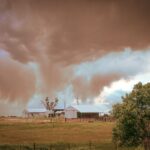



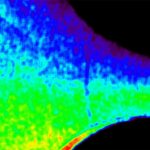
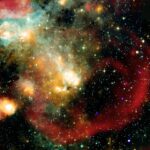

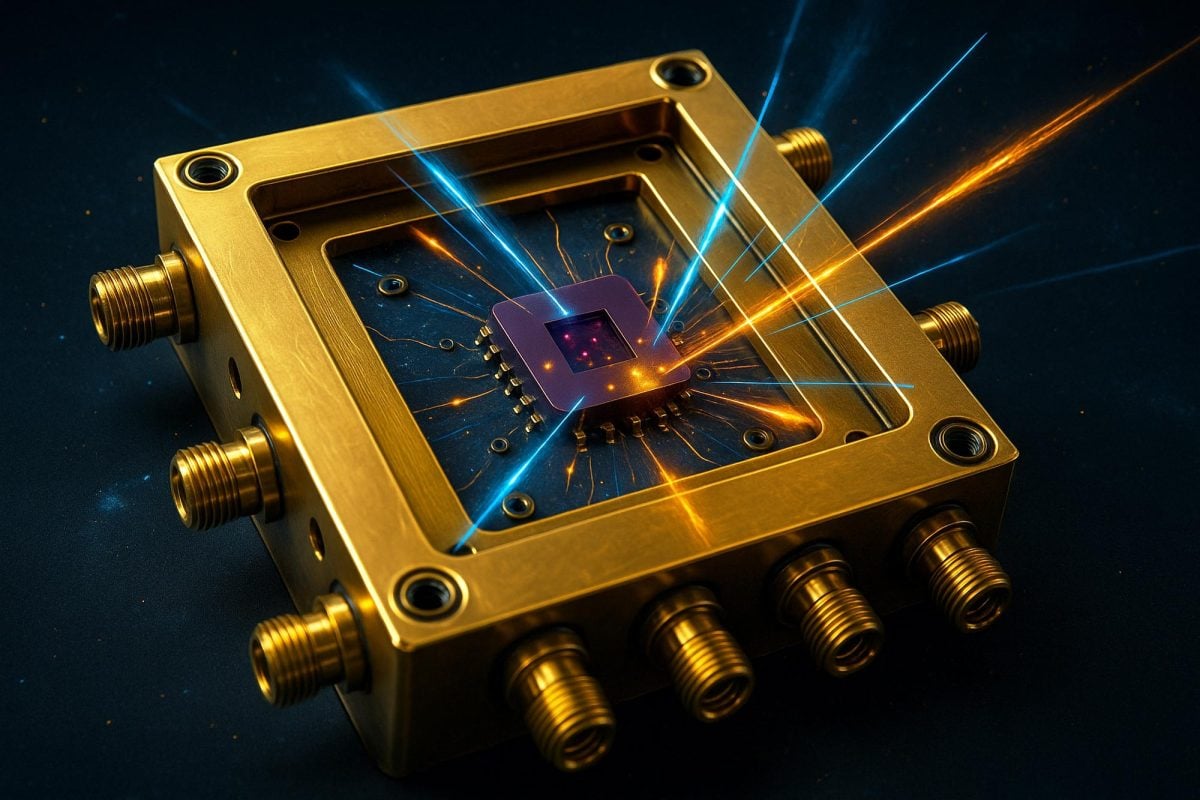





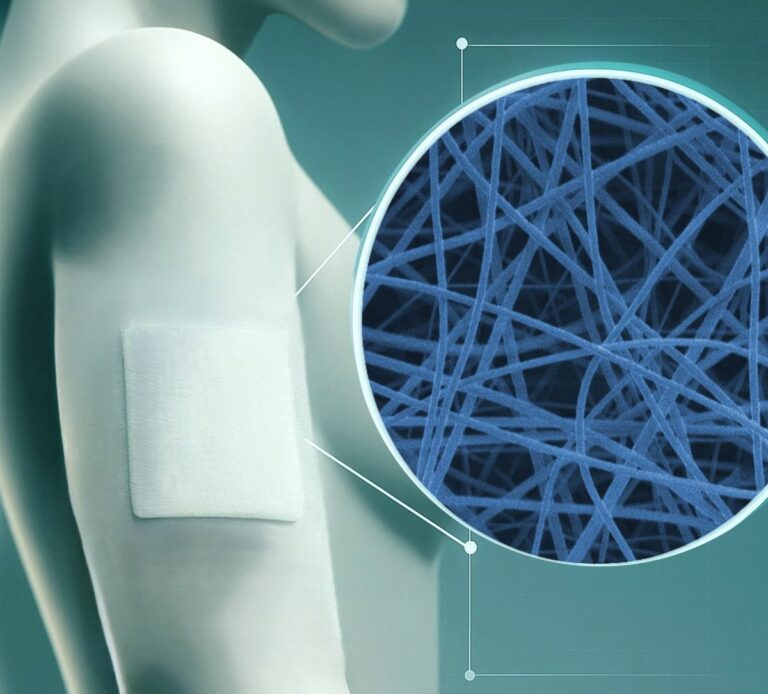
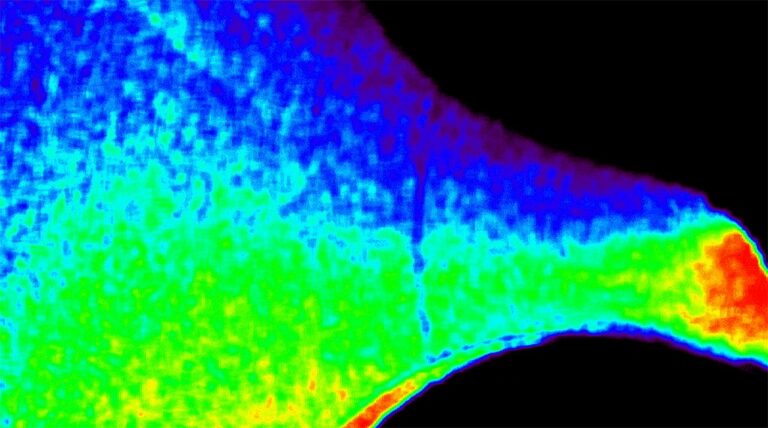
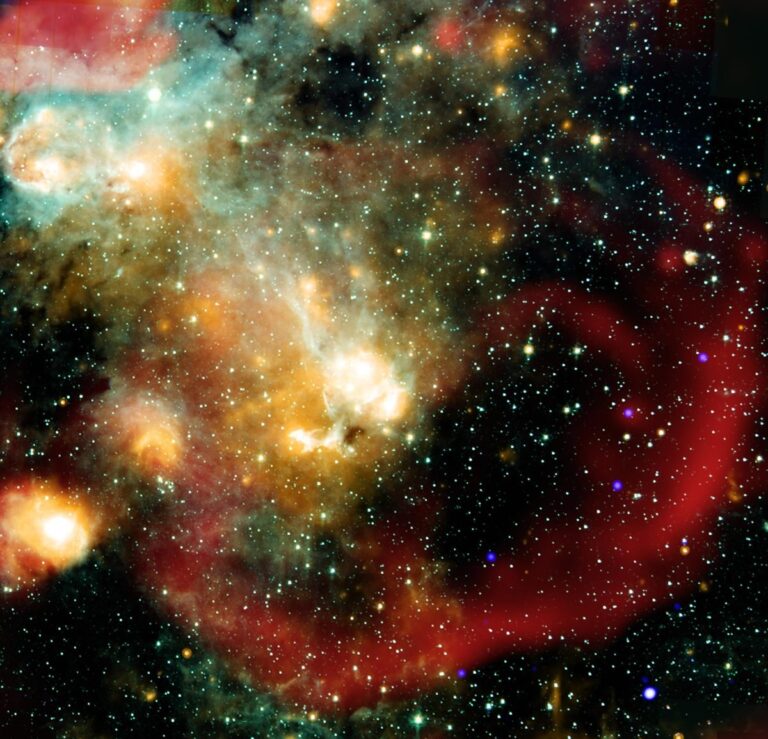
+ There are no comments
Add yours